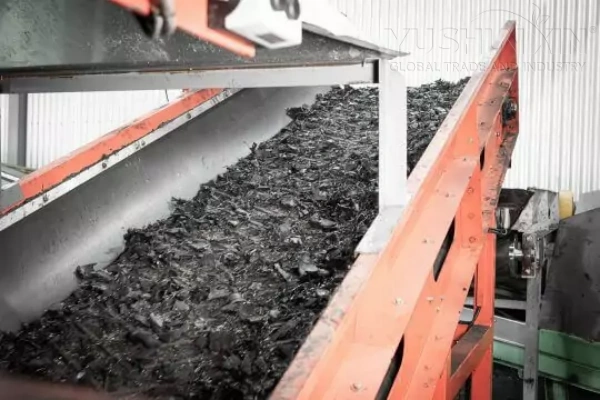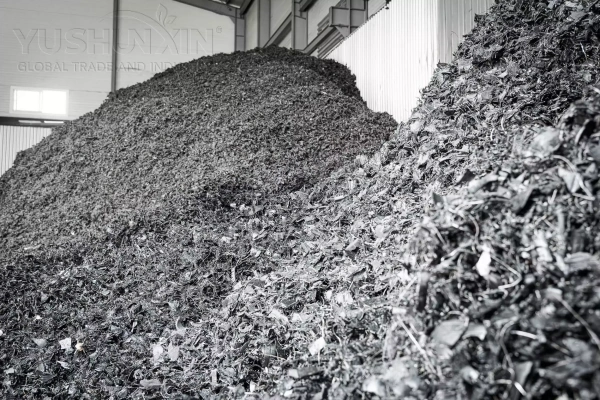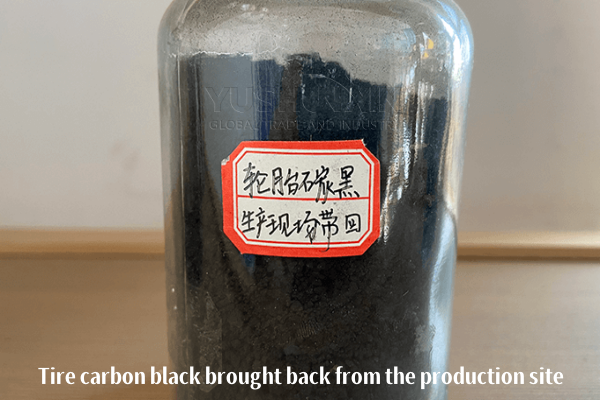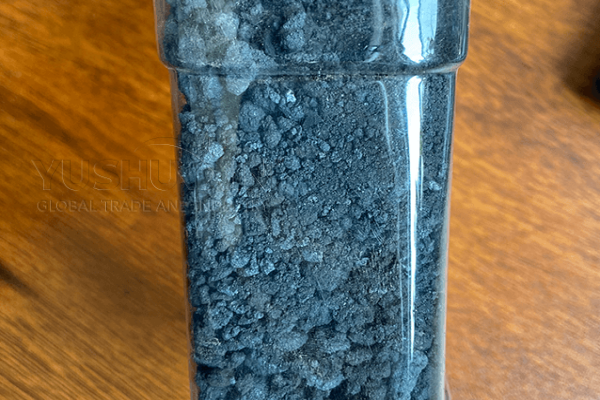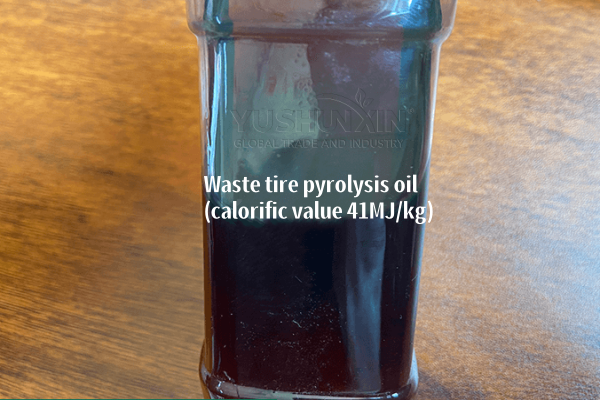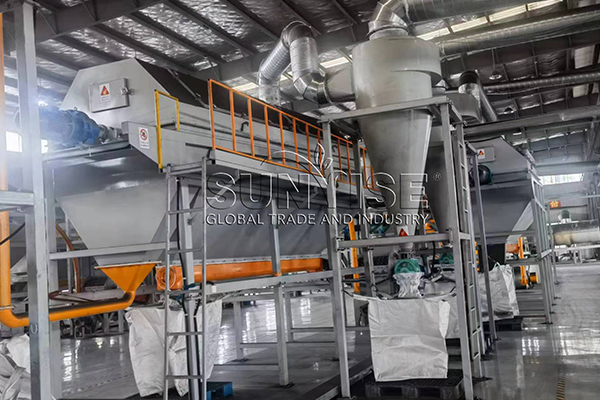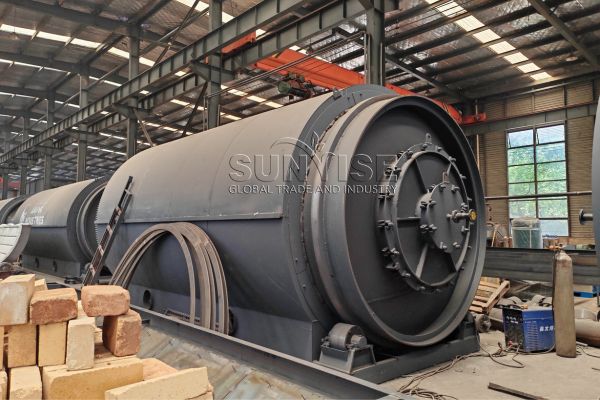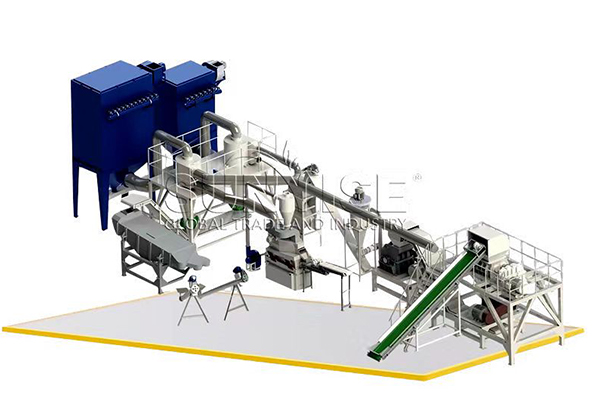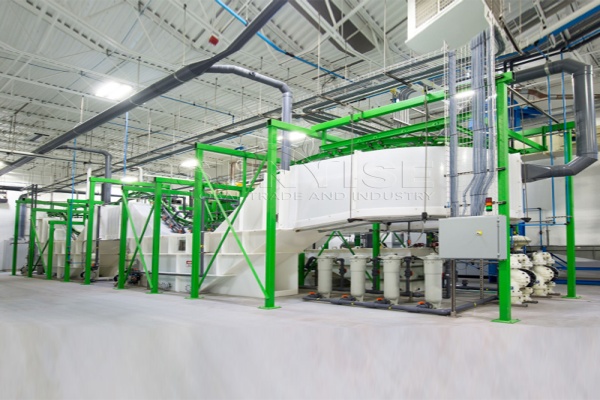Recently, we received an inquiry from an Egyptian customer. The Egyptian customer is highly interested in tire recycling and has reached out to us with specific requirements. He wants to know the machines we have for tire recycling, as his focus is on recycling truck and bus tires. With the increasing number of vehicles on the roads in Egypt, the proper disposal and recycling of these large tires have become crucial not only for environmental reasons but also for potential economic benefits. In this article, we’ll let you know the specific information for machines, and what the final products are, with photos and videos showing the whole tire recycling process.
Different Characteristics of Recycling Specific Tires
Truck and bus tires differ significantly from regular car tires when it comes to recycling. Firstly, due to their much larger size and thicker construction, they require more powerful and robust machinery to handle. The rubber compound used in these heavy-duty tires is often denser and more durable, designed to withstand the heavy loads and long hauls. This means that the recycling process needs to exert greater force to break them down.
For example, compared to car tires, it takes longer heating time and higher temperature in the pyrolysis process to effectively decompose the materials in truck and bus tires. Secondly, the steel belts within these tires are thicker and stronger, necessitating specialized equipment to separate them cleanly from the rubber without causing excessive damage to either component. Understanding these unique characteristics is essential for devising an efficient recycling strategy.
Bus and Truck Tire Recycling Solutions
Crushing and Recycling
Crushing is a common and relatively straightforward method for tire recycling. In this process, large tires are first cut into smaller pieces using industrial shredders. These shredders are equipped with sharp blades that can penetrate the tough rubber. Once shredded, the pieces can be further processed through a series of crushers to reduce them to an even finer granular size. The crushed rubber granules can then be used in various applications. For instance, they can be added to asphalt mixtures to enhance the durability and flexibility of roads, making them more resistant to wear and tear, especially in high-traffic areas. They can also be used in the production of rubber mats, playground surfaces, and other rubber-based products, providing a cost-effective alternative to virgin rubber.
Pyrolysis Recycling
Pyrolysis is a more advanced and environmentally friendly technique. It involves heating the tires in an oxygen-free environment. Under high temperatures, the tires decompose into different components. The process begins with loading the whole tires into a pyrolysis reactor. As the temperature rises, typically between 400 to 600 degrees Celsius, the rubber and other organic materials start to break down. The volatile gases released are then condensed and collected, which can be further processed into valuable fuels like pyrolysis oil and gas. Meanwhile, the solid residue left behind mainly consists of carbon black and steel. Carbon black can be reused in the rubber industry to improve the quality of new rubber products, while the steel can be recycled back to the steel mills.
After comparison of the recycling solutions, our Egyptian customer prefer the pyrolysis option. So, what machines are essential for this process?
Firstly, a high-capacity pyrolysis furnace is needed. This reactor should be designed to handle the large size and quantity of truck and bus tires. It must have precise temperature control systems to ensure the optimal pyrolysis conditions are maintained throughout the process. Secondly, a gas condensation and collection system is crucial. This system captures the volatile gases produced during pyrolysis and converts them into usable fuels. It includes condensers, separators, and storage tanks. Thirdly, a material handling system is required to load the tires into the reactor and remove the processed products. This involves conveyor belts, forklifts, and other equipment to ensure a smooth and efficient operation. Additionally, a purification system for the recovered fuels and a separation unit for carbon black and steel are also necessary to obtain high-quality end products.
Products After Pyrolysis for Your Benefits
The products obtained after pyrolyzing bus and truck tires offer significant economic opportunities for you. As mentioned earlier, the volatile gases are converted into fuel oil and gas. These fuels can be sold directly to local industries, power plants, or heating facilities, providing an additional revenue stream. As international oil prices continue to rise, tire pyrolysis oil prices can only rise. No matter which country, waste tire pyrolysis oil prices are rising steadily. So you never have to worry about the market and price of tire oil.
The carbon black produced is of high quality and can be sold back to the rubber manufacturing companies, where it is used to enhance the properties of new rubber products.
The recovered steel is also valuable and can be easily sold to steel mills for recycling.
By effectively marketing these products, the Egyptian customer can not only cover the costs of the tire recycling operation but also generate a handsome profit. Moreover, the environmental benefits of reducing waste and reusing resources cannot be overstated, which may also lead to potential government incentives or support in Egypt, further enhancing the overall viability and profitability of the project. If you have interest in tyre recycling business or you wanna get the price of a tire recycling plant, feel free to contact us.
Contact Us
